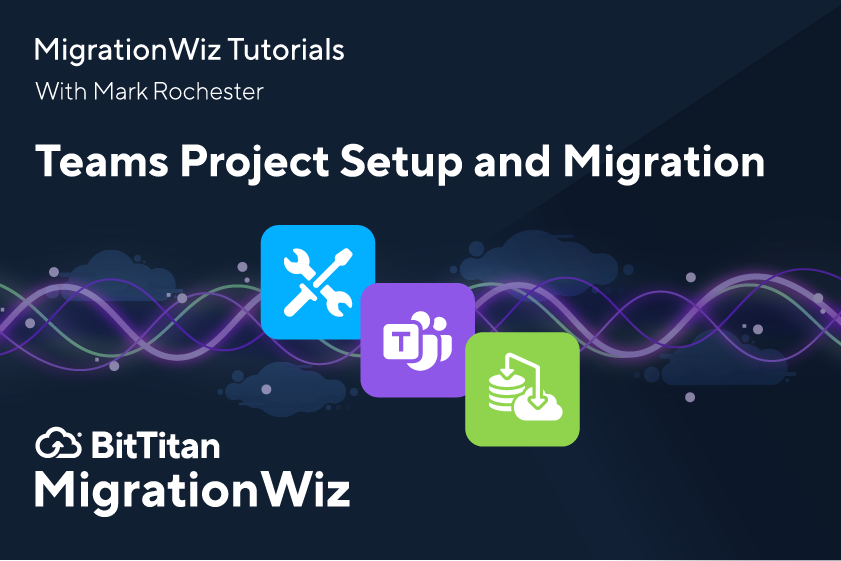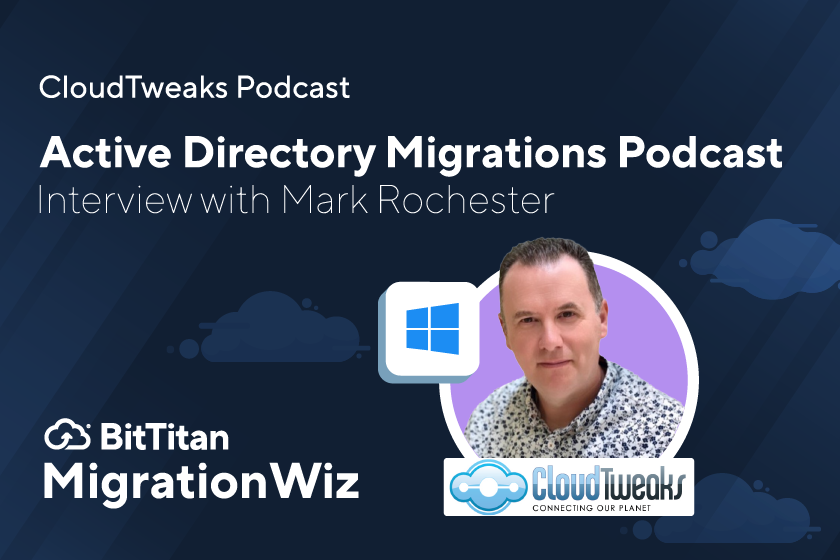Chris smiled when remembering,
The value statement was literally the first thing we did. Before we had a name. We were going to put the customer first.
By the end of our first interview, it made sense that Chris defied the odds and successfully built an entire company around one core value. His conviction and commitment radiated outward, driving their operations, services, marketing, sales, research, and product development.
New Signature was not his first company. In 2000, Chris was 22 and started his first business, a big data company that ultimately failed. Undeterred, he helped his friend Dan Leeds start a newspaper in Washington D.C., where Chris led operations, technology, and sales. The newspaper ultimately closed its doors. Dan asked Chris to help wind down the paper, and while Chris had been accepted into MIT’s Sloan School of Business Management, he saw an opportunity to start something new.
 While managing the newspaper’s technology, Chris was unimpressed and frustrated with the IT companies he contacted. He’d call IT companies, leave messages, and wait days for even a call back. The pressures of running a small business made the lack of a positive customer experience even more glaring.
While managing the newspaper’s technology, Chris was unimpressed and frustrated with the IT companies he contacted. He’d call IT companies, leave messages, and wait days for even a call back. The pressures of running a small business made the lack of a positive customer experience even more glaring.
Chris saw the business opportunity in IT wasn’t in offering better services, solutions, or technology—it was in building, providing, and delivering a positive customer experience at scale. Put the customer and their experience first; better services, solutions, and technology will naturally follow.
Starting with a value proposition didn’t result in a well-defined product, at first. He couldn’t help but laugh when he explained,
Our business plan was anything for a dollar. ‘We’re moving around your computers, but we’ll move the furniture too!’
That spring, he launched New Signature before heading to MIT in the fall, where he would apply what he was learning to his business in real time. He scheduled Fridays off for travel to D.C. to work during the weekends. He’d return in time for class on Monday and repeat the process, applying what he learned. To support both ventures, Chris used his severance pay as salary for his co-founders and his student loans for living expenses.
When we asked Chris how he felt about the amount of risk he took on, he paused but didn’t flinch.
I didn’t really think the plan was too risky. The worst-case scenario was a Mulligan.
Though he felt comfortable with the risks, Chris wasn’t taking a salary; the business was profitable but he wanted to invest in growth while he was at MIT.
Hiring teams and building culture
Despite the logistical challenges, the physical distance between Chris and New Signature ultimately helped them hire for the skills that served the customer-first core value. The biggest reason for this was simple: Unlike many small business owners, Chris had to be low-touch leader right from the start.
When you’re on-site, employees come to you and ask you to make decisions, because you’re available. When you aren’t, and your schedule doesn’t make you available, people have to be willing and able to make decisions on their own. You have to let them. You can’t micro-manage or the company won’t escape the gravity of having the boss make all the decisions.
This meant New Signature needed to hire people capable of thinking critically and acting independently, with the confidence to make the decisions that always put the customer first. They needed to do both with little to no oversight.
I was involved and deeply engaged, but not in the way a small business owner would be, traditionally. That was a really interesting element because we had to hire people who were entrepreneurial and engaged. There was no hiding—you couldn’t cover for people. There was no, ‘Well, they aren’t perfect but I can help them make up for it.’
When advertising its open positions, New Signature did not include job titles. Instead, they posted descriptions seeking intellectually curious problem solvers who could handle challenges with enthusiasm, persistence, and positivity. They were looking for employees who would invest in a culture of honesty, ethics, curiosity, and customer focus.
Through their value statement and hiring process, New Signature built its “business through culture” model. The goal was to make sure every element of their business model—from how they treated their employees to SLAs for customers—was designed to create a positive experience.

Culture happens whether you want it to or not, so you need to take the time to develop it. When you align everything, it doesn’t matter if a person is dropping off a package or a million- dollar check – they’ll have a good experience.
When employees received calls from customers, they were returned in 15 minutes or less. While other businesses opted for speed, efficiency, and profit, Chris made a calculated decision to do things in a way that felt comfortable, engaging, and offered more long-term value. It’s a choice he still articulates with passion and conviction.
People think they want speed to resolution. That’s wrong—they want a positive experience. Would you like your IT problem to be solved in the most stressful 15 minutes of your life, or would you rather it takes 20 or 25 minutes with updates? You can have resolution without being in the dark, confused, or frustrated.
The model was validated through growth that helped them reach their second year in business. At that point, one customer accounted for 70% of their revenue.
To diversify, New Signature pitched to clients with the aim of becoming their IT jack-of-all-trades. They offered computer and telecom support, in-house web development, and even a design and digital advertising team. By focusing on taking on long-term clients and consultative relationships, New Signature naturally developed a recurring revenue business.
Validation and feedback loops
The initial vision of doing anything that helped the customer was well-appreciated, even when it came at a higher price point. At this point, their low-touch management and customer-first approach was helping them deliver solutions and their value at scale.
The autonomy and empowerment of the employees was built in, so as they grew, they didn’t have as much issue with it. The mission and culture was so simple, the framework was: Is the decision better for you, or the team? Better for the team, or company? Better for company, or customer?
As long as the end-result was making the best decision for the customer, not the company or team or yourself, then no one will get upset with you regardless of if it’s profitable or not profitable.
New Signature identified two types of customers. The first did not see IT as strategic to business, didn’t care about experience, and was shopping for price. The second saw IT as a core component of business success and was willing to pay more for IT services.
While it may have been more expensive to invest in the newest technologies, both New Signature and its customers found it to be a better practice in the long-run. Investing in technical education helped employees grow professionally, increased their satisfaction, and helped New Signature offer current solutions. This commitment to their employees and customers aligned with their core value and strengthened the feedback loops internally and externally.
Chris also invested in company culture that fostered community, personal development, and constantly rec-committed the organization to their goal. At one point, New Signature had a 70-slide presentation to onboard new hires at the company. On Fridays, they hosted an all-hands meeting to recognize and celebrate successes.
I used to say, ‘If you believe your job is to deliver IT services, that’s not the business we’re in—we are all about delivering experiences.’ That’s the culture we built, that’s how we became a successful partner. All else was secondary—the skills, the services—and it’s not for everyone, but for New Signature it worked.
With this mindset, New Signature focused its marketing and sales to better attract their ideal customer type, though customers often returned after working with competitors, saying, “You treat me like I’m important. You take my concerns seriously.”
When Chris graduated MIT, New Signature was not only profitable but had developed a sustainable business model internally and externally. Today, he passionately articulates why his model of “business through culture” worked:
Everyone says they focus on customer experience. They don’t—they just talk about it. They don’t structure their organization, culture, incentives, or other business elements in ways that align to deliver good experiences consistently.

The pivot point
By 2008, New Signature had established reciprocity, retention, and feedback loops around their values and business model. Despite these successes, they lacked a technical identity and expertise around one company’s channel technologies.
During this time, they were exposed to the Microsoft Channel partnership and quickly saw the value propositions of becoming a pure-play Microsoft partner. Instead of just becoming a technical Microsoft expert, New Signature decided to become an expert in Microsoft partnership as well, beginning an extended phase of research, planning, and strategizing.
We spent two-plus years really just understanding Microsoft. Who are all the different groups? What are their motivations? We knew that a channel extends your field, your sales force, and your marketing. So we decided, ‘We’re going to become specialists in one company’s channel technologies.’
By “treating Microsoft like a customer,” New Signature reached a conclusion that would ultimately shape their roadmap for the next seven years and drive their business towards greater financial success and global recognition.
If we reinvented our business and helped partners become what Microsoft needed, we’d drive value in the marketplace.
New Signature had always focused on education, asking everyone to dedicate 20 percent of their time to skill-building and learning new technologies. The company paid for the certifications necessary for their team to deliver solutions around Microsoft’s products. The timing of their training, education and roadmap was promising; Microsoft was embracing BPOS. With its relationships, training, and channel knowledge in place, New Signature was prepared to engage Microsoft’s roadmap and become a channel player.
Five years after starting to specialize on Microsoft, New Signature became the 2014 Microsoft Partner of the Year for the first time. Despite their strategic planning, research initiatives, and relationship-building, Chris Hertz explains that this achievement was the result of one key-driver:
We became a successful Microsoft partner by living our culture.
In part two, we’ll look at the methods and decisions that helped New Signature engage and grow in the Microsoft Partner Channel ecosystem. In part three we examine the strategies that drove the mergers, acquisitions, and eventual purchase of New Signature.

 While managing the newspaper’s technology, Chris was unimpressed and frustrated with the IT companies he contacted. He’d call IT companies, leave messages, and wait days for even a call back. The pressures of running a small business made the lack of a positive customer experience even more glaring.
While managing the newspaper’s technology, Chris was unimpressed and frustrated with the IT companies he contacted. He’d call IT companies, leave messages, and wait days for even a call back. The pressures of running a small business made the lack of a positive customer experience even more glaring.

